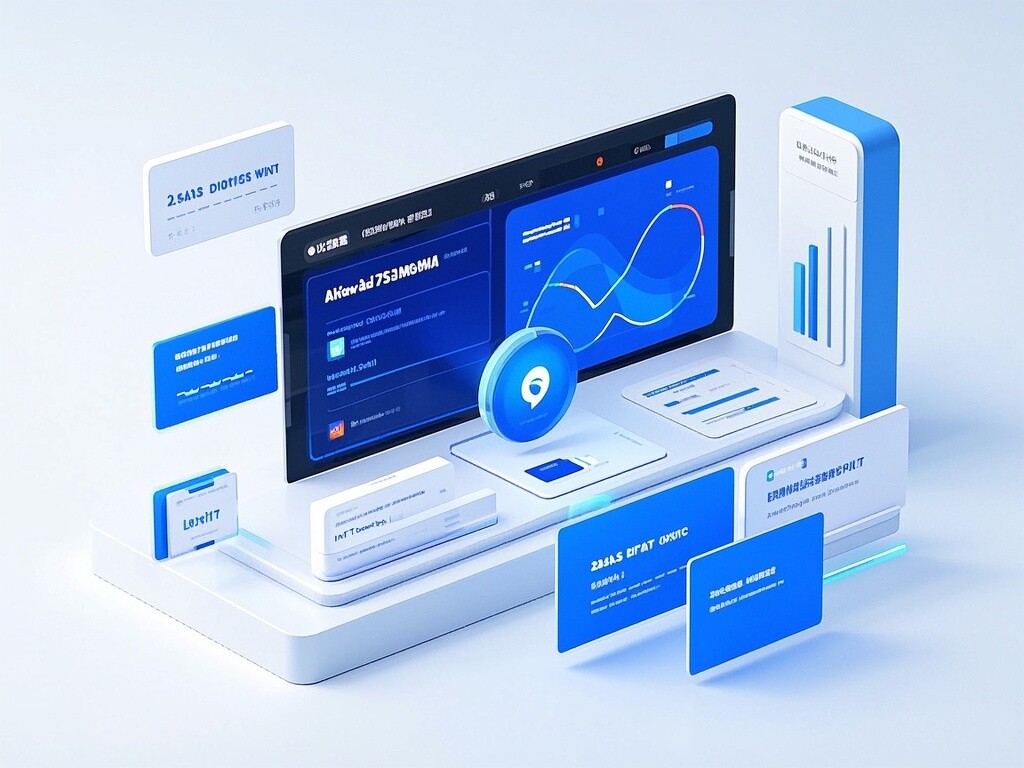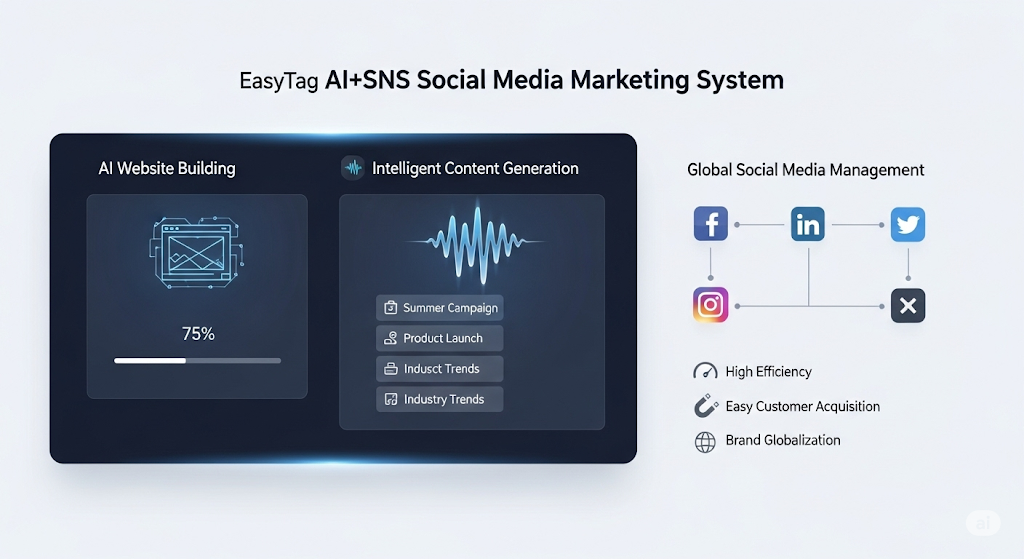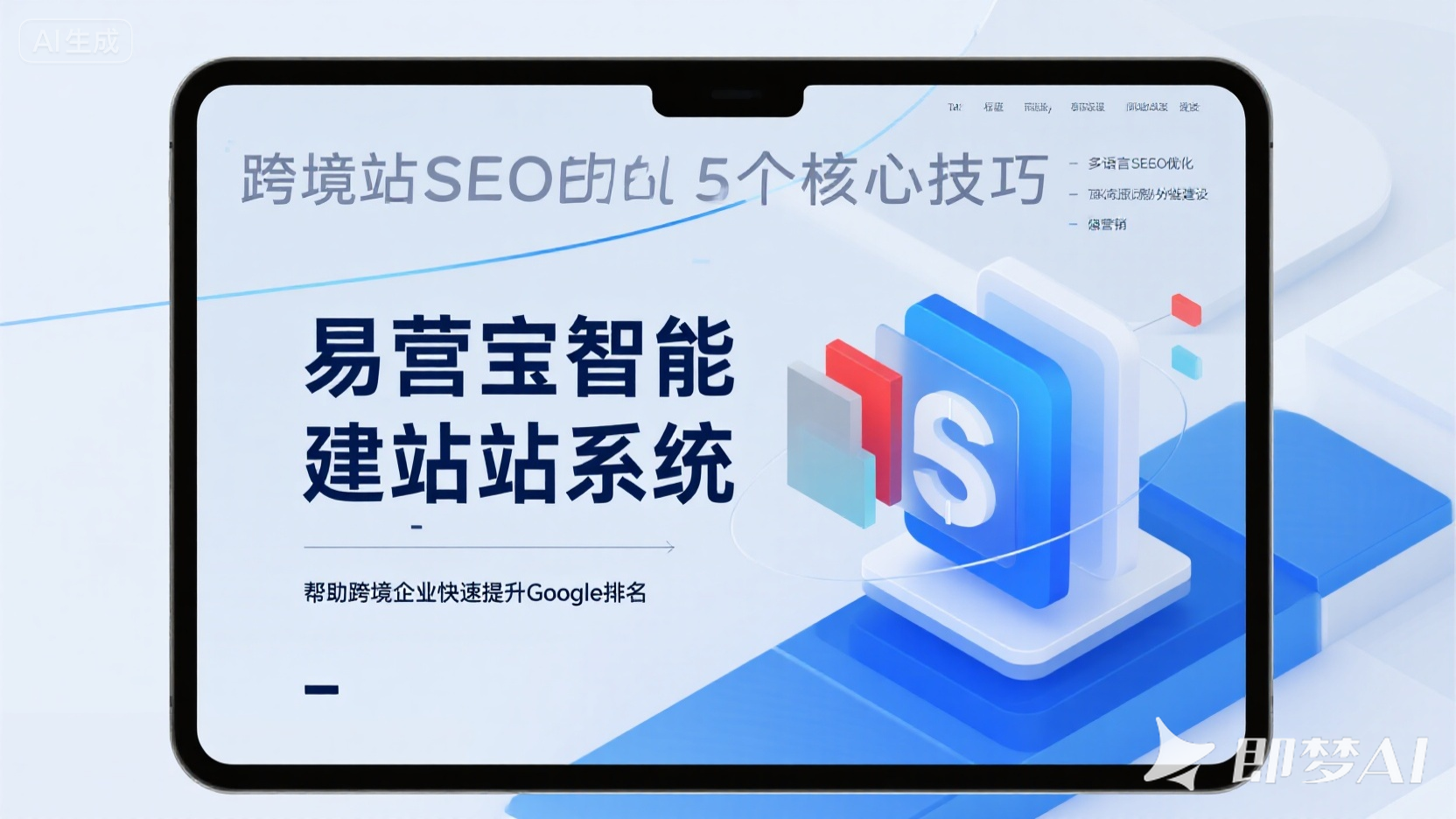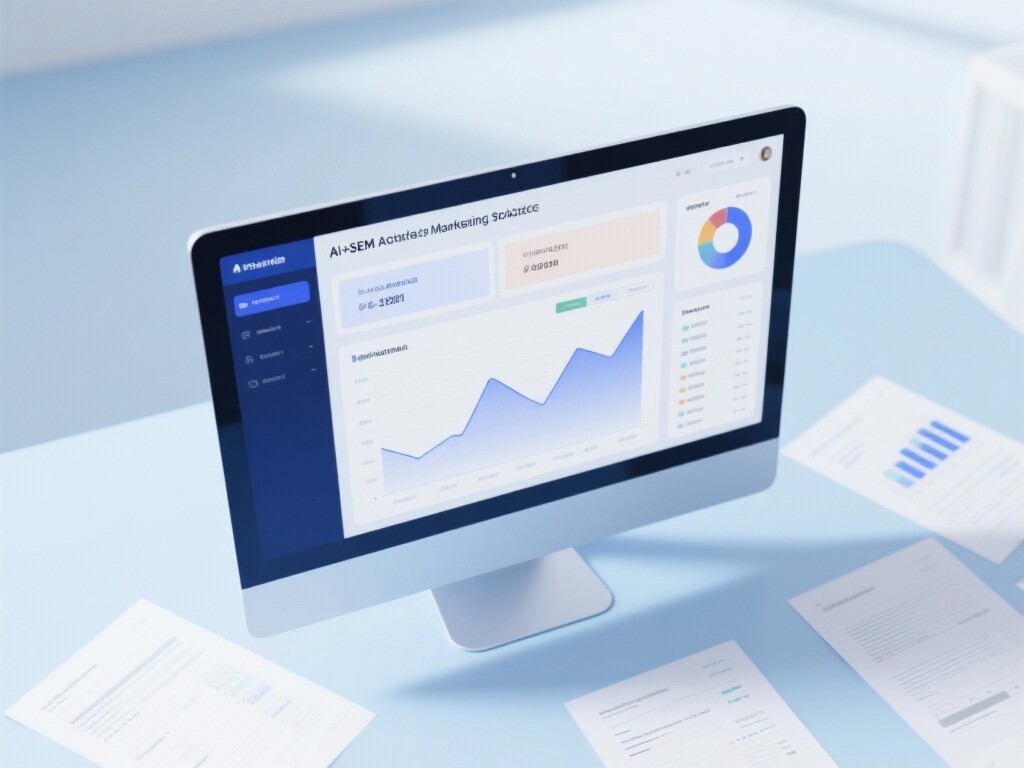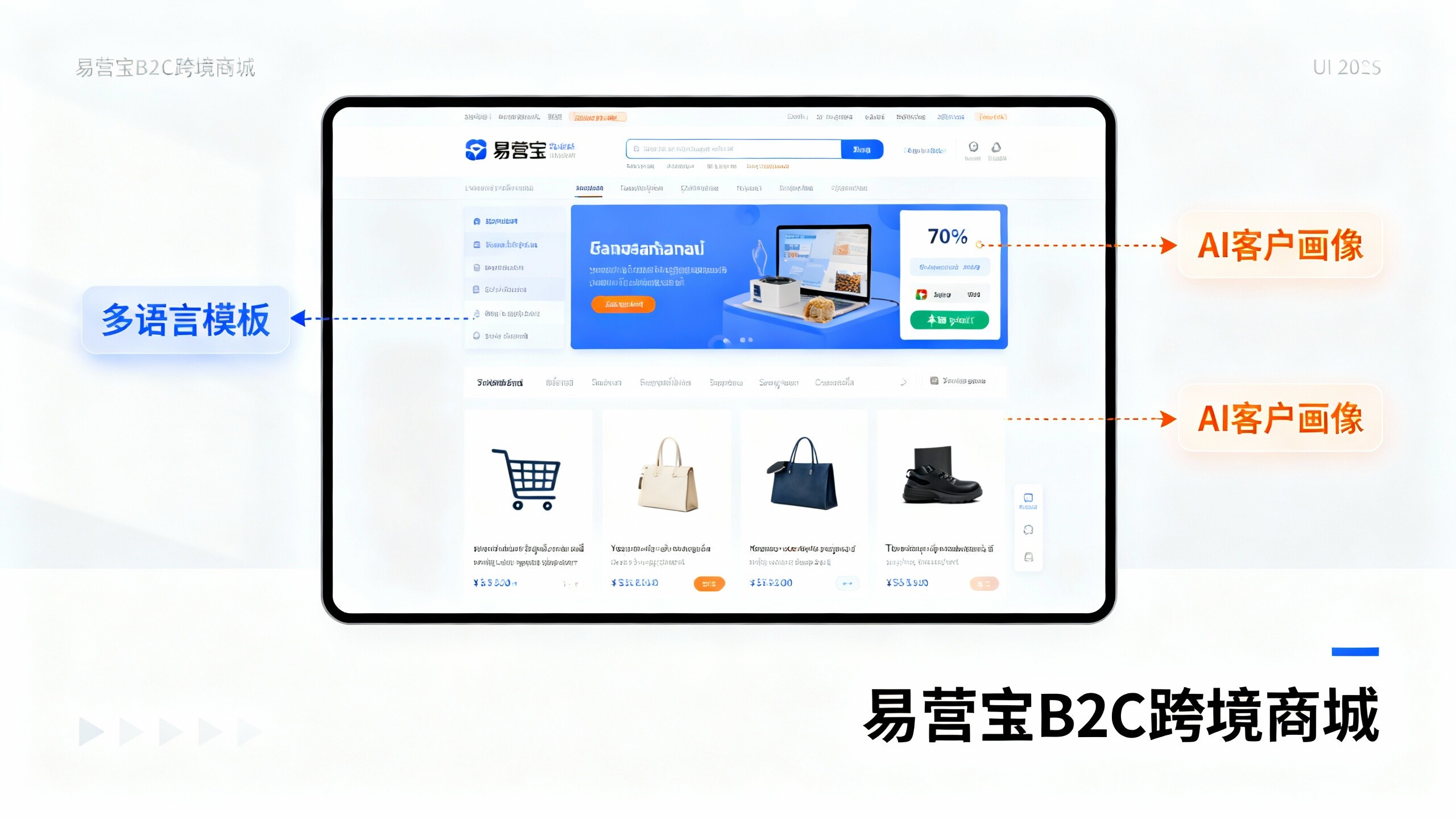Easy Camp Cloud Intelligent Website Construction and Marketing System Platform!
- New Trends in Cross-Border E-commerce Website Development: AI+Geolocation Targeting to Precisely Reach Overseas Customers2025-11-27View Details
- SaaS建站系统对比:为什么90%出海企业选全球建站SaaS平台?2025-11-27View Details
- Is a responsive self-service website system really suitable for foreign trade enterprises? Feedback from real users2025-11-27View Details
- IDC SaaS Platform User Satisfaction Report Highlights: 5 Key Metrics to Evaluate Your SaaS Website System Compliance2025-11-27View Details
- Enterprise Service SaaS Report: EasyProfit's Market Share in the Smart Website Building Sector2025-11-27View Details
- China Smart Website Market Research: What Services Are SMEs Most Concerned About?2025-11-27View Details
- EasyOperate Competitive Comparison: 3 Dimensions Tell You Why to Choose It2025-11-27View Details
- Easy Operation Treasure Feature Analysis: 5 Core Functions Help You Easily Build an Enterprise Website2025-11-27View Details
SaaS Website System Cost vs Efficiency: Real User Data Tells You How to Budget
By comparing real user data with SaaS website system costs and efficiency, this article reveals how Yiyingbao SaaS platform optimizes budgets.
Targeting researchers and operators, this analysis breaks down often-overlooked cost and efficiency variables in SaaS website systems through real usage data, third-party evaluations, and industry reports. Readers will gain actionable budgeting frameworks, assessment metrics, and practical recommendations for making informed investment decisions when choosing between responsive or multilingual website systems.
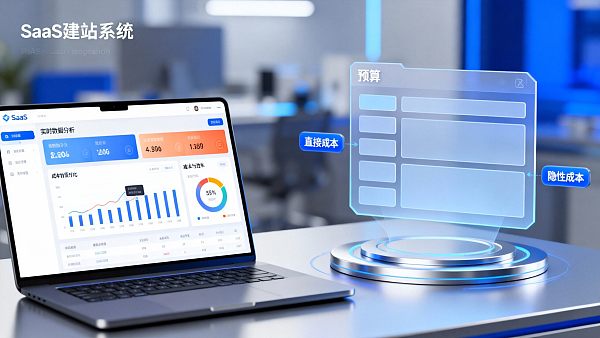
Cost Measurement: Deconstructing Direct vs. Hidden Costs
In B2B procurement, SaaS website costs extend beyond subscription fees. Direct costs include monthly/annual plans, add-ons (e.g., advanced SEO modules, ad managers), and infrastructure like domains/SSL. Hidden costs—technical debugging time, content localization, third-party integration, and opportunity costs from poor SEO/loading speeds—require equal consideration. Budget models should separate these costs and calculate total investment across typical 12-36 month lifecycles.
Example: A foreign trade SME using basic SaaS saved on subscriptions but lacked global CDN/AI translation, requiring 20-40% higher TCO for multilingual traffic acquisition. Evaluation must prioritize "launch speed," "multilingual support," and "global nodes" to align with export ROI expectations.
Efficiency Comparison: Launch Speed, Conversion Rates & Operational Costs
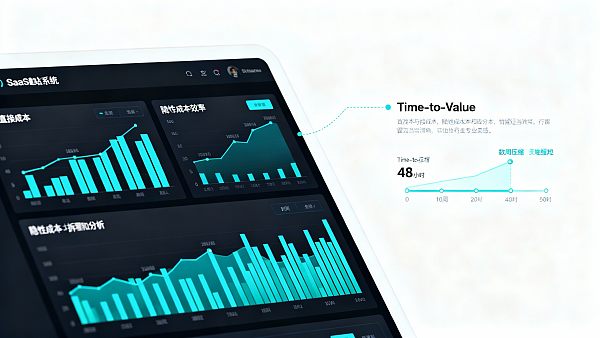
Efficiency metrics transcend templates, focusing on Time-to-Value, regional loading performance, and sustained SEO/conversion optimization. AI-driven no-code platforms can compress launch timelines from weeks to 10 minutes, reducing human capital risks. For exporters, faster Time-to-Value enables quicker market hypothesis validation within budget constraints.
Operational efficiency also manifests in automated content production, TDK generation, and ad creative factories—some platforms claim 50%+ labor reduction. Verify claims through real-world metrics like daily high-quality content output's impact on organic traffic. Compare platforms using conversion rates, CAC, and AOV for objective benchmarking.
Data-Driven Comparison (Including Platform Reviews & Industry Reports)

Third-party reviews (e.g., Yiyingbao on Capterra/Trustpilot) reveal UX, support quality, and feature-fit across business sizes. IDC's satisfaction studies provide performance/usability benchmarks critical for risk assessment. Market analyses highlight two trends: 1) All-in-one platforms integrating building, content, ads, and analytics; 2) Multilingual systems with global CDN becoming export essentials. Prioritize platforms demonstrating measurable SEO/loading improvements to reduce long-term CAC.
Further smart website market analysis reveals two key trends: platforms evolving toward "full-chain integration" combining site building, content, advertising and analytics; and multilingual systems with global CDN nodes becoming export essentials. Buyers should verify if responsive systems actually improve SEO scores/loading speeds in real projects to reduce long-term acquisition costs and boost ROI.
Budgeting SaaS Website Systems for Export: Steps & Case Studies
Adopt phased budgeting for export: 1) Validation phase (0-3 months, 20-30% budget) for multilingual test sites and initial data; 2) Expansion phase (4-12 months, 40-50%) for SEO and automated operations; 3) Scaling phase adjusted by ROI, prioritizing server capacity and compliance. This balances speed and risk.
Case study: A company adopting global CDN/AI translation saw 40% faster loading, 35% higher SEO scores, and improved conversions within three months. For rapid overseas validation, consider solutions like Yiyingbao's SaaS Smart Website Marketing System, featuring 22 global nodes and multilingual support for instant export site deployment.
Summary & Action Plan

Key takeaways: 1) Budget for both direct/hidden costs; 2) Prioritize Time-to-Value, performance, and automation; 3) Leverage third-party reviews (e.g., Capterra, IDC data) to reduce selection risk; 4) Choose multilingual systems with global CDN for coverage/conversion efficiency.
As an industry participant, Yiyingbao demonstrates cost/efficiency gains through AI and data capabilities, ideal for exporters needing rapid iteration. For responsive system comparisons, market reports, or customized budgeting advice, contact us for demos and quantifiable models.
- Website Platform
- Independent website building
- Global Server Acceleration
- Easy Treasure
- SEO
- Independent site
- SEO optimization
- Smart Website
- AI Translation
- AI Translation Engine
- Foreign Trade Independent Website
- Independent Foreign Trade Website Construction
- SaaS Website System
- EasyStore SaaS Platform
- SaaS Website System
- Multilingual Website System
- Responsive Website System
- Responsive Web Design
- Smart Website Market Report
- Smart website industry analysis
- IDC SaaS Platform User Satisfaction
- Yiyingbao Trustpilot reviews
- Easy Insurance
- Capterra Easy Treasure
- Yiyingbao Capterra Reviews
Related articles
 Can enterprise-level multilingual CMS handle high concurrent access? Pressure test results published
Can enterprise-level multilingual CMS handle high concurrent access? Pressure test results published Common Pitfalls in Cross-Border E-Commerce Website Development? Have You Avoided the Traps 90% of Companies Fall Into?
Common Pitfalls in Cross-Border E-Commerce Website Development? Have You Avoided the Traps 90% of Companies Fall Into? AI Multilingual Website System Test: Build a Foreign Trade Official Website Supporting 15 Languages in 3 Hours
AI Multilingual Website System Test: Build a Foreign Trade Official Website Supporting 15 Languages in 3 Hours
Related products










